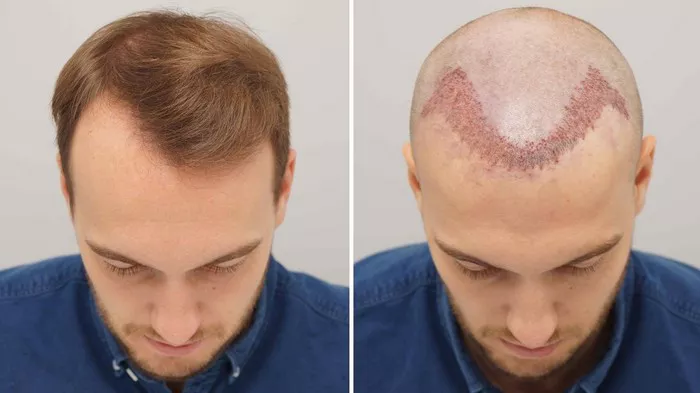Hair loss is a common concern for many individuals, affecting both men and women. While there are various treatments available to address this issue, hair transplant surgery remains one of the most effective and long-lasting solutions. However, one question that often arises among individuals considering hair transplant surgery is whether they have to shave their head for the procedure. This article aims to provide a comprehensive overview of hair transplant surgery, including whether shaving the head is necessary, the different techniques available, and other essential factors to consider before undergoing this transformative procedure.
Understanding Hair Transplant Surgery
Hair transplant surgery involves the removal of healthy hair follicles from areas of the scalp where hair growth is abundant (known as the donor area) and transplanting them into areas experiencing hair loss or thinning (recipient area). This procedure is typically performed under local anesthesia and can take several hours to complete, depending on the extent of the hair loss and the technique used.
Shaving the Head: Is It Necessary?
One of the most common misconceptions about hair transplant surgery is that shaving the entire head is necessary for the procedure. While this may have been the case in the past, advancements in hair transplant techniques now offer alternatives that do not require shaving the head completely.
1. Follicular Unit Extraction (FUE)
Follicular Unit Extraction (FUE) is a minimally invasive hair transplant technique that involves extracting individual hair follicles from the donor area using a small, specialized punch device. These follicles are then carefully transplanted into the recipient area, where they can grow naturally over time.
One of the main advantages of FUE is that it does not require shaving the entire head. Instead, only the donor area needs to be trimmed short to facilitate the extraction process. This allows patients to maintain their existing hairstyle without the need for a significant change in appearance.
2. Follicular Unit Transplantation (FUT)
Follicular Unit Transplantation (FUT), also known as strip harvesting, is another hair transplant technique that involves removing a strip of tissue from the donor area, typically the back or sides of the scalp. The strip is then dissected into individual follicular units, which are transplanted into the recipient area.
Unlike FUE, FUT usually requires shaving a narrow strip of hair from the back of the scalp where the donor tissue is harvested. However, the surrounding hair can be left long to conceal the shaved area, allowing for a more discreet recovery process.
Factors to Consider
While the option of avoiding a full head shave may be appealing to many individuals considering hair transplant surgery, it’s essential to consider various factors before making a decision:
1. Hairstyle Preferences: Some individuals may have specific hairstyle preferences that may influence their choice of hair transplant technique. Those who prefer shorter hairstyles may find FUE more suitable, as it allows them to maintain a shorter hair length throughout the recovery process.
2. Scalp Visibility: The visibility of the recipient area and surrounding scalp may also influence the decision to shave the head. In cases where extensive hair loss or thinning is present, shaving the head may be necessary to ensure optimal visibility and access during the transplant procedure.
3. Surgeon Recommendations: Ultimately, the decision to shave the head for hair transplant surgery should be made in consultation with a qualified and experienced surgeon. A skilled surgeon will assess the individual’s unique needs and recommend the most appropriate technique based on factors such as hair loss pattern, donor hair availability, and aesthetic goals.
Conclusion
In conclusion, shaving the head for hair transplant surgery is not always necessary, thanks to advancements in hair transplant techniques such as FUE. While some techniques may require trimming or shaving the donor area, patients can often maintain their existing hairstyle throughout the process. However, it’s essential to consult with a qualified surgeon to determine the most suitable approach based on individual needs and preferences. By carefully considering all factors and weighing the options, individuals can make informed decisions about hair transplant surgery and achieve natural-looking, long-lasting results.


